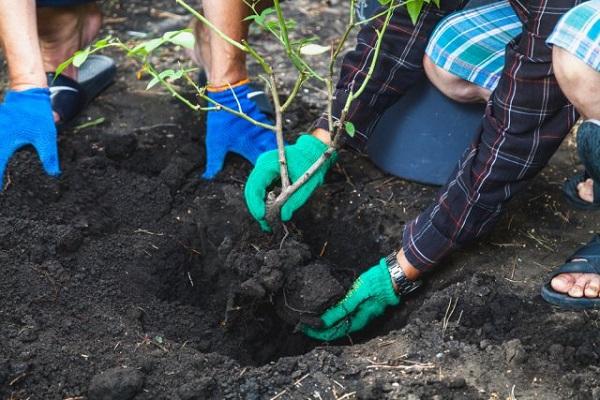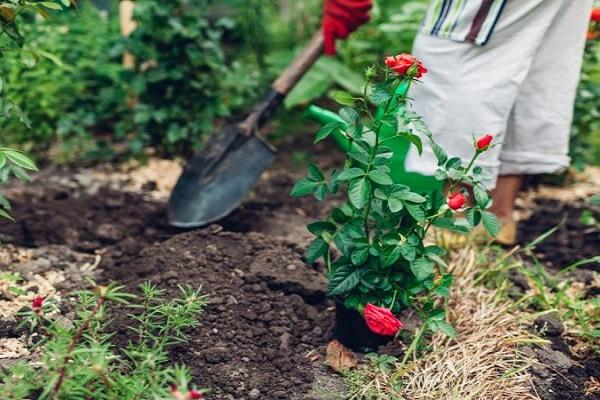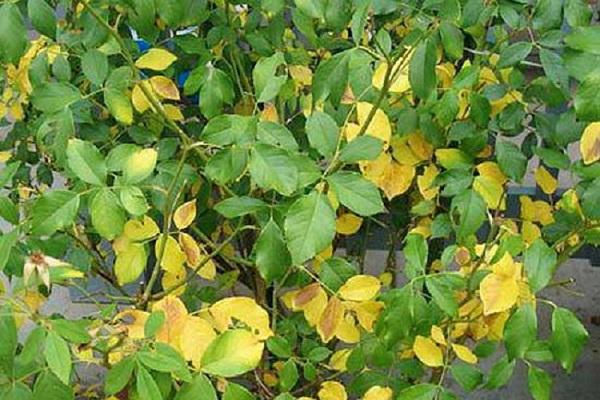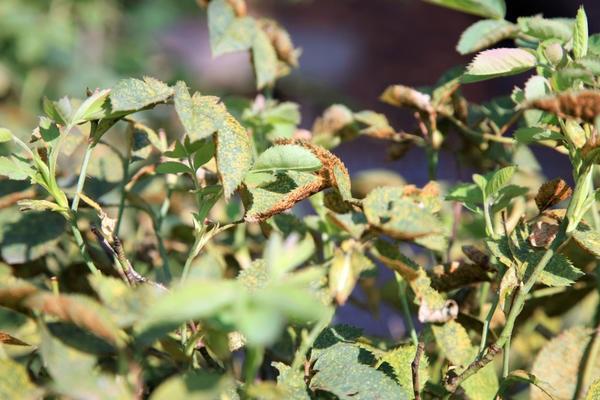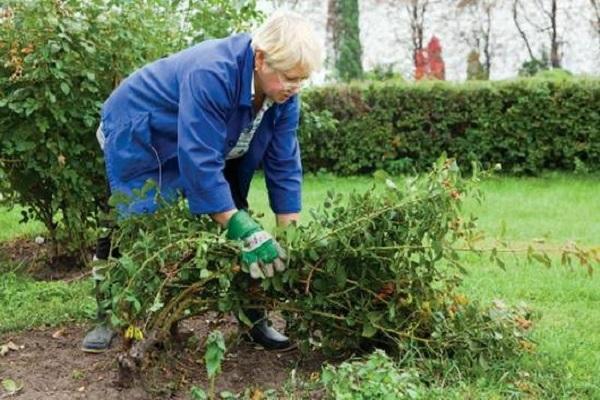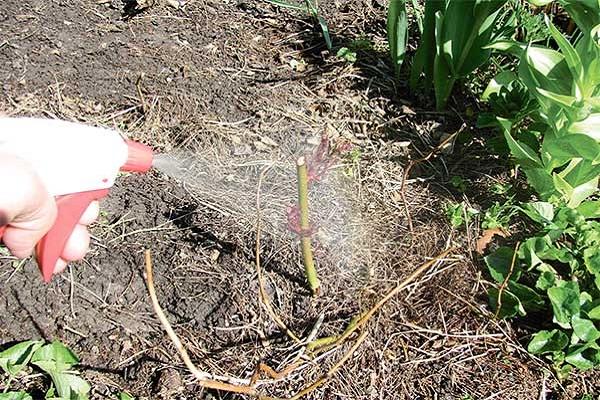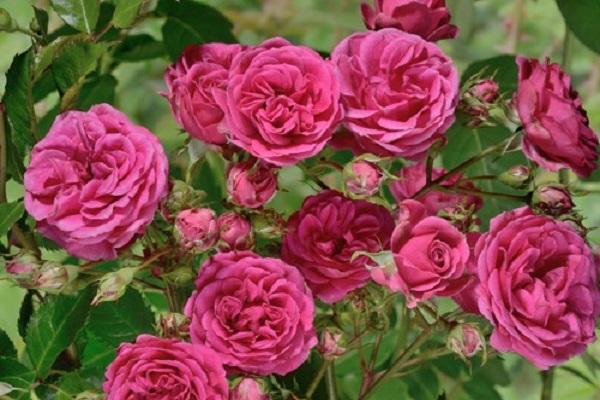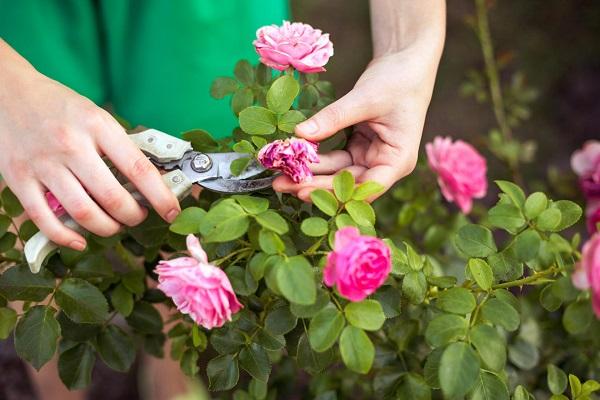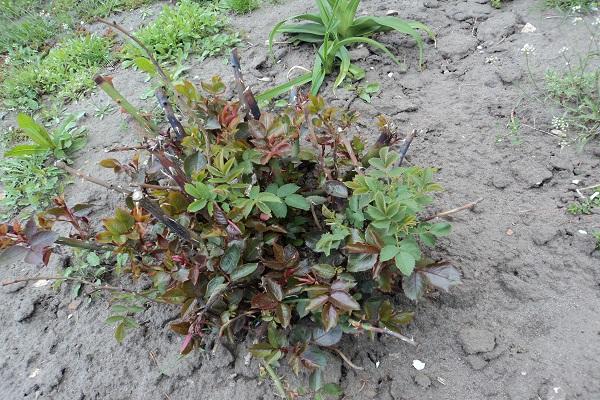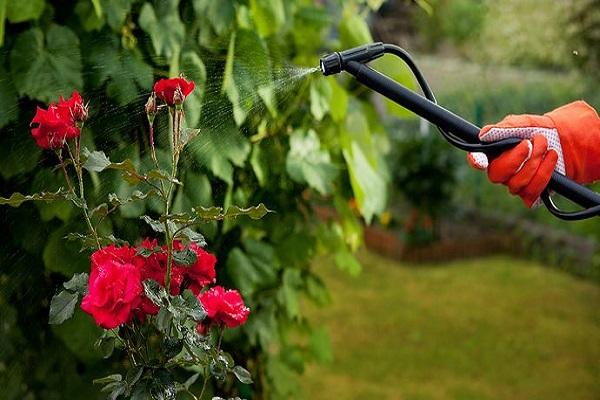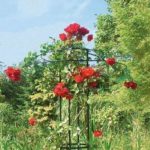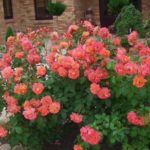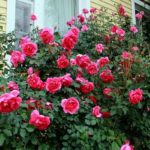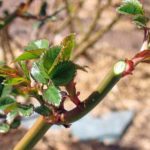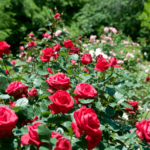Climbing roses are flowering shrubs that decorate the landscape of cottages and gardens. Graceful plants climb the steep walls and fill the garden with harmony and beauty. But caring for finicky flowers is not easy. The plant care package includes regular pruning, fertilizing, and spraying the bushes against pests. But even if all the rules are followed, difficulties may arise. Why don't my favorite climbing roses bloom? Let's consider the reasons and ways to help the plant.
Why don't climbing roses bloom?
There are many reasons for the lack of flowering in climbing roses. Sometimes the problem can be complex. The bush does not bloom or will drop the collected buds if the planting site is poorly chosen or if there is no comprehensive care for the plant. When choosing a variety of fragrant beauties, pay attention to the regions and climate conditions in which it is recommended to grow one or another species.
Important! In the first year after planting a young seedling in a permanent place, climbing roses do not bloom.
But from the second year after planting, roses should reward gardeners with the first buds. If this does not happen, it is necessary to find out the reason for the lack of flowering.
Bad landing site
The choice of planting site for climbing roses must be taken responsibly. When planting roses, pay attention to the quality of the soil and the amount of sunlight. Partial shade is the best place for curly beauties.
If you plant roses without shade, they will fade. The lack of sunlight in the required amount stimulates climbing beauties not to form buds and “go” into the foliage, the stems of the plants become elongated.
It is not advisable to plant roses in lowlands and wetlands. Stagnation of moisture at the roots negatively affects flowering, fungal diseases occur, and the roots quickly rot.
The climbing rose bush needs a lot of nutrients; the plants should not be planted too close to trees and other ornamental shrubs.
Climbing beauties need supports, which are used as sheer walls, partitions, nets, arches and other devices. Make sure that the height of the support will reach 1.5-2 meters, this is exactly the size that an adult bush of climbing roses reaches.
Wild growth
Any type of curly beauties needs sanitary and shaping pruning. In climbing varieties it is necessary to regularly cut out wild growth. If the bush thickens too much, the flowers gradually become smaller and the number of buds decreases sharply. The rose becomes a rose hip and eventually stops blooming.
Diseases and pests of climbing roses
Bushes are susceptible to attack by insect pests, which happily settle on the leaves and flowers of plants, feed on juices and take away the vitality of the bushes. Usually the gardener encounters this problem in the second year after planting the plant.
The greatest damage to climbing plants can be caused by spider mites, aphids, leaf rollers and other parasites. You can fight insects with folk remedies or carry out chemical treatments. In the spring, after the sprouts awaken, the bushes are sprayed with Bordeaux mixture. The procedure is repeated during each wave of bud set.
Next to climbing shrubs, it is recommended to plant companion plants with a sharp, pungent odor that repels pests. For example, marigolds, tobacco, coriander, peppermint, basil, calendula, geranium.
Outbreaks of fungal diseases overtake roses in rainy years and in places with high humidity. Climbing roses are especially susceptible to powdery mildew and bacterial cancer. One of the signs of the onset of the disease is the falling and deformation of buds and the complete absence of flowering.
To avoid unpleasant diseases, climbers are fed with complex mineral fertilizers. Particular attention is paid to potassium fertilizing and the addition of humus.
Problems associated with fertilizer
An excess of nitrogenous fertilizers applied is the likely reason for the lack of buds on the climbing beauty. When applying fertilizing, it is important to observe the measure.Without the required amount of nitrogen, the plant turns yellow and sheds its leaves, and with an excess of it, the bush begins to “fatten”, forms a lot of young shoots and foliage, but does not produce buds.
It is recommended to feed roses with mullein no more than 1-2 times per season. Mineral fertilizers include superphosphate or saltpeter.
Plants did not overwinter well
Often varieties of climbing beauties freeze out during severe frosts in winter. The shoots and root system suffer.
In spring, the bush produces weak buds and is sick during the first half of summer and does not bloom.
Preparing a plant for winter frosts involves a set of measures:
- Trim young shoots according to the recommendations for the variety.
- Hill up the bush.
- Cover the rhizome with humus and last year's leaves.
- Long shoots can be buried in the ground.
- Cover the plants with spruce branches, sawdust or agrofibre.
Even winter-hardy varieties may not withstand prolonged frosts in our country. In the spring, dried branches that did not survive the winter are cut out and dead bushes are dug up.
Unsuitable variety
When purchasing young seedlings, make sure that the variety is zoned to grow in your region. For areas with a temperate continental climate, it is recommended to give preference to winter-hardy varieties of climbing beauties.
In the area of the Moscow region, the Urals, the Volga region, and the Leningrad region, it is recommended to grow:
- Golden Gate;
- Super Excelsa;
- Snow Goose;
- Santana;
In addition, pay attention to the recommendations of breeders on the amount of required sunny color and the composition of the soil for the selected variety.
Incorrect pruning
Bushes of climbing beauties require systematic care and regular pruning.To ensure that the bush receives sunlight evenly, the branches that thicken the middle of the bush are removed. But it is necessary to prune last year’s shoots with caution, without cutting off parts of the cuttings where there are buds.
Rules prunings of climbing rose bushes:
- Be sure to find out how to prune exactly the variety that the gardener planted on the site.
- Thick, woody shoots are cut with a hacksaw or a sharp pruner is used.
- Cuts on the shoots are made at an angle.
- To stimulate flowering, spring rejuvenating pruning is carried out.
After pruning, the bushes are fed and loosened. It is recommended to treat sections with large diameters with disinfectants or cover them with garden pitch or clay.
Aging
The average lifespan of a climbing rose bush is 7 years; from the 5th year of life, the number of buds begins to decline sharply. But there are long-lived varieties. The old bush is dug up and divided, if possible.
Most often, climbing roses are propagated by cuttings. Therefore, in order to preserve the variety you like, cuttings from your favorite plant are made and harvested.
How to help the plant?
To help the rose bloom, determine the reason that influenced the decrease in flowering. Do not forget that prickly beauties are demanding of soil fertility and the presence of sunlight.
Anti-aging pruning stimulates the bushes to produce buds, even if the flower plantings are already old. In the spring, during the period of bud set, the bushes must be sprayed with insecticides and fungicides. Do not let the plants grow; young shoots that thicken the bush are removed in time.
The modern floriculture industry offers a wide selection of complex, balanced fertilizers for roses and growth and flowering stimulants.
Preventive actions
It is easier to prevent any problem than to have negative consequences. The garden will be filled with the fragrance of climbing roses if the following rules are observed:
- Carrying out spring anti-aging pruning.
- Preventive spraying of bushes with fungicides.
- Maintain intervals between bushes when planting.
- Competent agricultural technology.
- The rose variety must be adapted to the growing region.
- Do not plant roses in the shade of other plants and buildings.
- Stagnation of moisture at the roots of the plant is unacceptable; expanded clay drainage is installed at the bottom of the planting hole.
- Shrubs are covered with additional devices for the winter, even if the variety is winter-hardy.
- Provide the plant with rational watering and comprehensive fertilizing.
With systematic flower care, a correctly chosen planting site, and compliance with agricultural technology, the garden will be filled with the fragrance of fragrant beauties. Climbing roses are a noble decoration of a summer cottage.

